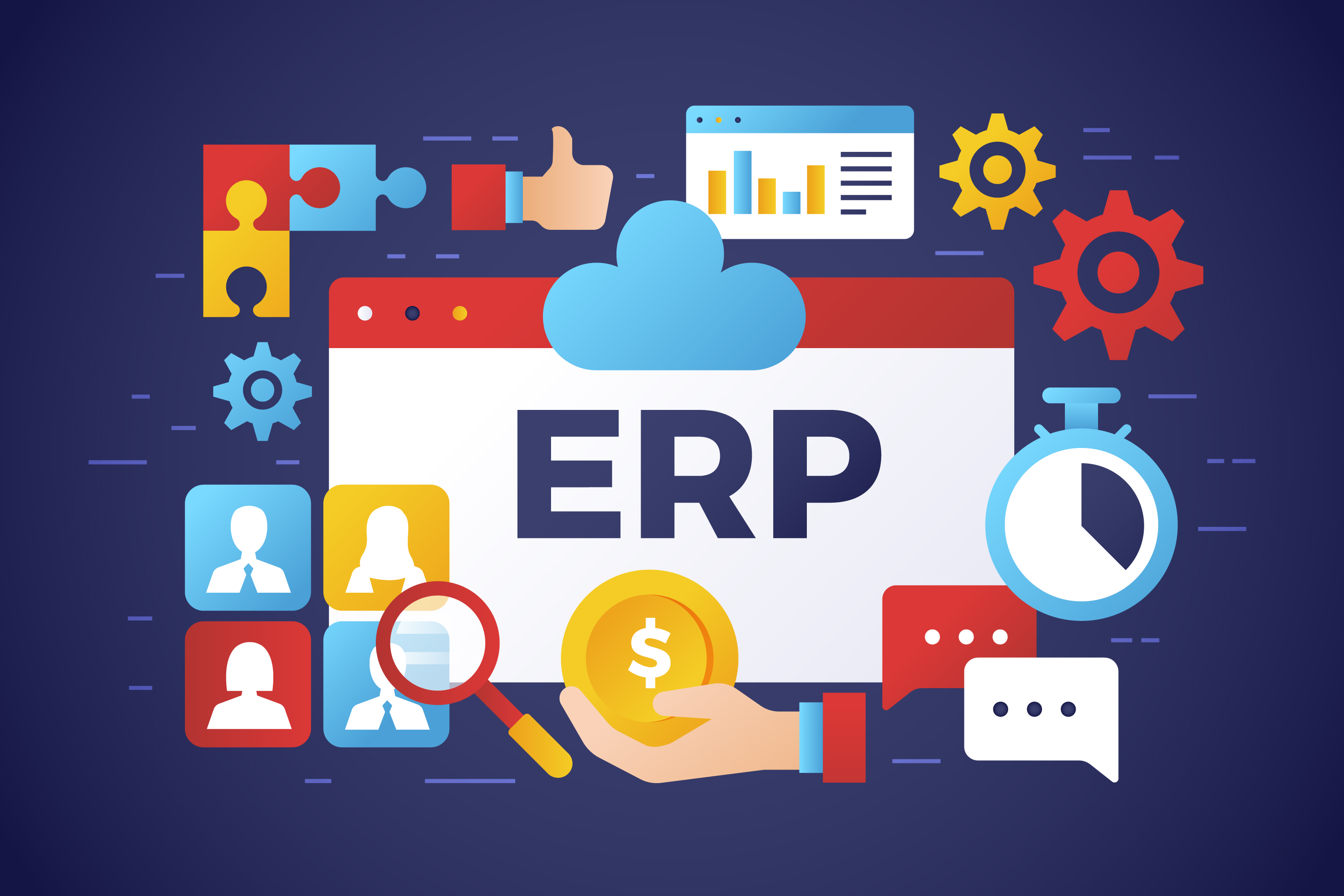Enterprise resource planning (ERP) software has become an essential tool for businesses of all sizes. It allows companies to streamline their operations, manage resources, and make data-driven decisions. However, as businesses grow and expand, they often need to integrate their ERP software with other applications to increase efficiency and productivity. ERP integration is the process of connecting ERP software with other systems, applications, and databases to ensure data consistency and accuracy across the organization. In this article, we will explore ERP integration best practices to ensure successful integration.
ERP integration can be complex and challenging, but there are best practices that businesses can follow to ensure successful integration. In this article, we will discuss the top five factors that businesses need to consider when integrating ERP software.
1. Define Integration Requirements
The first step in successful ERP integration is to define the integration requirements. It’s essential to identify the systems, applications, and databases that need to be integrated with the ERP software. Once the requirements are defined, businesses need to determine the integration approach, whether it’s a point-to-point integration, middleware integration, or API integration.
A point-to-point integration connects two systems directly, while a middleware integration uses a middleware layer to connect multiple systems. API integration allows applications to communicate with each other using pre-defined interfaces. Businesses need to evaluate the pros and cons of each approach and choose the one that suits their needs.
Defining integration requirements is critical to ensure that the ERP system can communicate effectively with other systems and applications. It also helps to avoid data inconsistencies and ensures data accuracy across the organization.
2. Choose the Right Integration Platform
Choosing the right integration platform is crucial to the success of ERP integration. The integration platform should be compatible with the ERP software and other applications that need to be integrated. It should also support the integration approach chosen by the business.
When choosing an integration platform, businesses should consider the platform’s scalability, security, and reliability. It’s essential to select an integration platform that can handle the organization’s current and future needs. The platform should also provide robust security features to protect data during the integration process.
3. Prepare Data for Integration
Data preparation is a critical factor in ERP integration. Businesses need to ensure that data is clean, consistent, and accurate before integrating it with the ERP software. Data cleansing and normalization are essential steps in data preparation.
Data cleansing involves identifying and correcting errors and inconsistencies in data. It ensures that the data is accurate and consistent across all systems and applications. Data normalization involves transforming data into a standard format to ensure consistency and accuracy.
Businesses should also consider data mapping, which involves matching data fields between the ERP system and other applications. Data mapping ensures that data is transferred accurately between systems and applications.
4. Test Integration Before Going Live
Testing integration before going live is crucial to ensure that the integration process works as expected. Businesses should conduct rigorous testing to identify and fix any issues before the integration goes live.
Testing should involve testing data accuracy, system performance, and functionality. It’s also essential to test different scenarios to ensure that the integration process works in all situations.
5. Provide Training and Support
Providing training and support to users is critical to the success of ERP integration. Users need to understand how the integrated systems work and how to use them effectively. Businesses should provide training sessions to users before the integration goes live.
After the integration goes live, businesses should provide ongoing support to users to ensure that they can use the integrated systems effectively. Support can include providing help desk services, user manuals, and online resources.
Conclusion
ERP integration can be complex and challenging, but following these best practices can help businesses ensure successful integration. Defining integration requirements, choosing the right integration platform, preparing data for integration, testing integration before going live, and providing training and support are critical factors that businesses need to consider when integrating ERP software.
Successful ERP integration can help businesses streamline their operations, increase efficiency, and make data-driven decisions. It can also improve data accuracy, reduce errors, and provide a unified view of business operations. By integrating ERP software with other systems and applications, businesses can achieve a more comprehensive and connected approach to managing their operations.
ERP integration best practices are essential for businesses looking to improve their operations and achieve better results. It’s crucial to understand the factors that contribute to successful ERP integration and take a strategic approach to the integration process.
In conclusion, ERP integration is a critical process that can help businesses achieve their goals and streamline their operations. By following best practices, businesses can ensure that the integration process is successful and achieves the desired results. Defining integration requirements, choosing the right integration platform, preparing data for integration, testing integration before going live, and providing training and support are critical factors that businesses need to consider when integrating ERP software. By taking a strategic approach to ERP integration, businesses can achieve a more connected, efficient, and data-driven approach to managing their operations.
Here are some more recommended reads to expand your knowledge on the topic:




